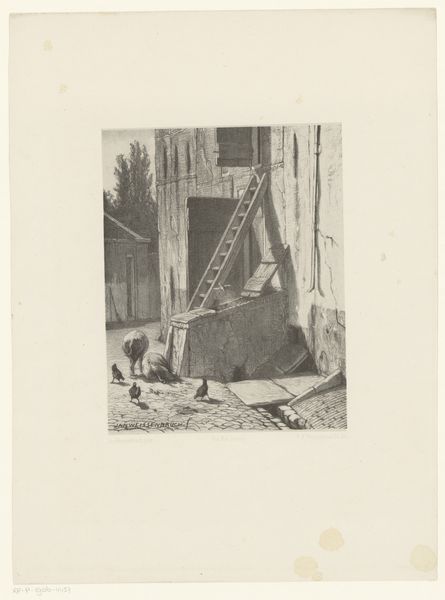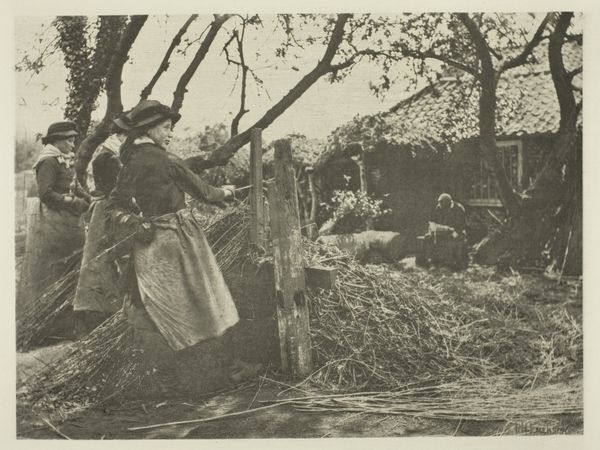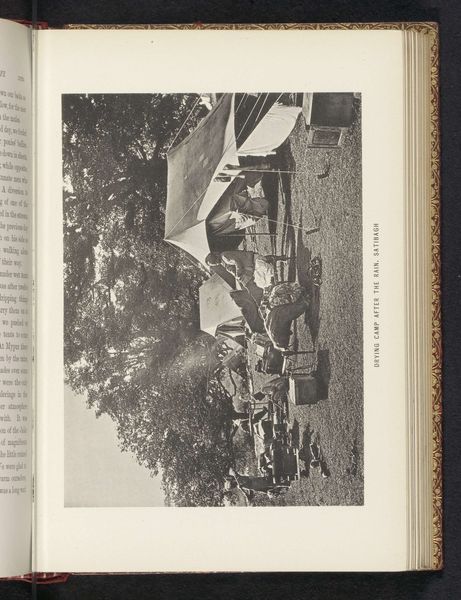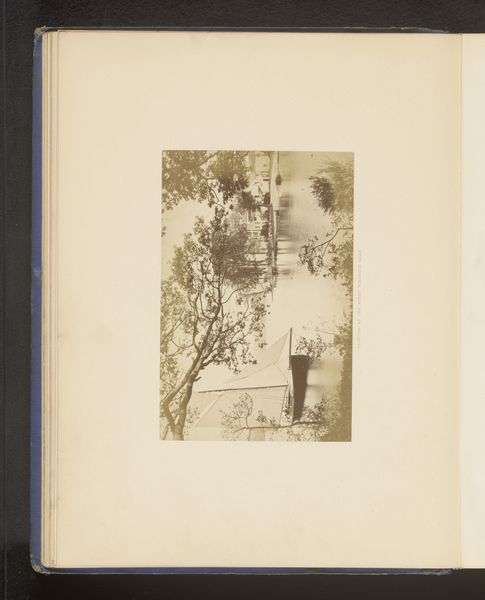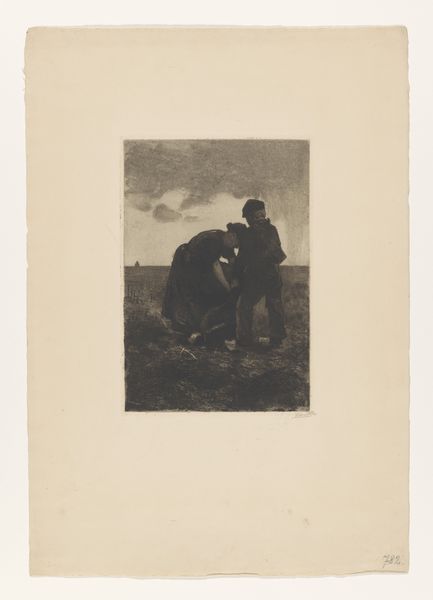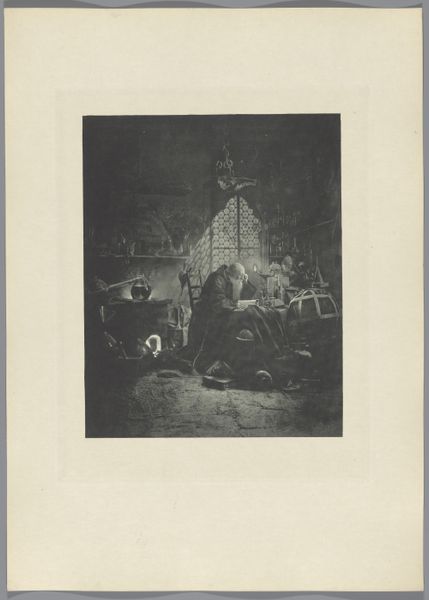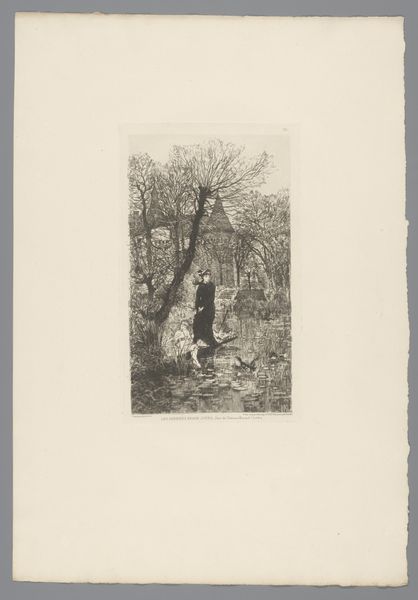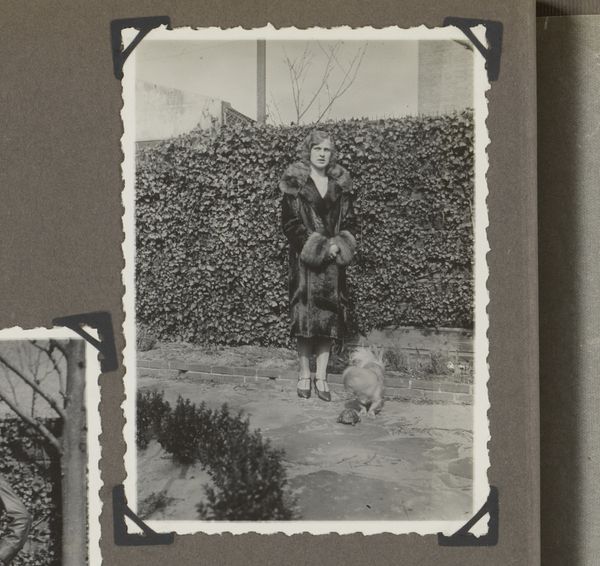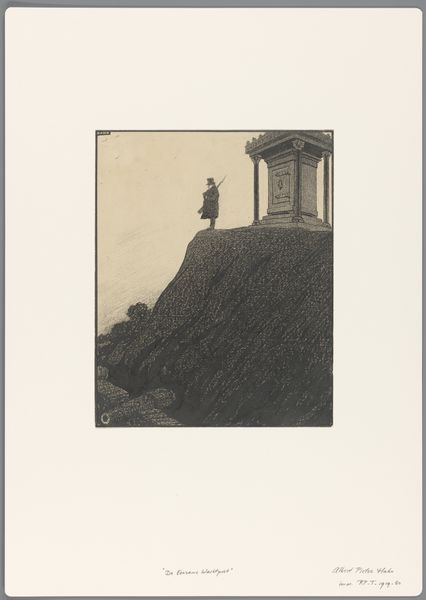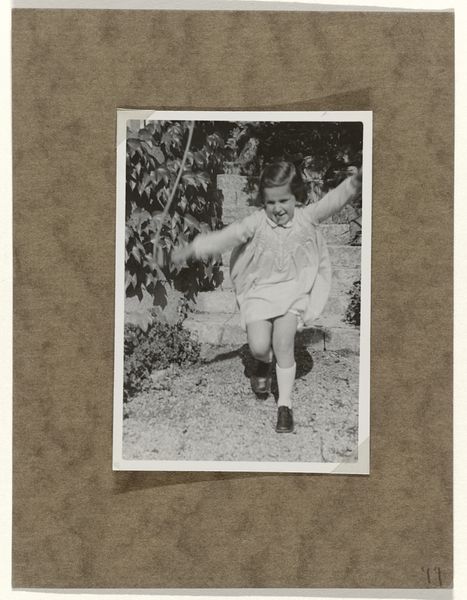
photography
#
landscape
#
street-photography
#
photography
#
genre-painting
Dimensions: image: 17.8 x 17.2 cm (7 x 6 3/4 in.) sheet: 23 x 17.2 cm (9 1/16 x 6 3/4 in.)
Copyright: National Gallery of Art: CC0 1.0
Editor: So this photograph, titled "40 Fotos, page 10", was taken by Robert Frank in 1946. It's a black and white image that seems to capture rural life. It shows two figures carrying a massive bundle of hay in front of a clustered village. What stands out to me is the sheer weight of the load and the implication of labor, could you elaborate on that? Curator: This image immediately speaks to the conditions of labor and the raw materiality of existence in post-war rural settings. We see the back-breaking labor of harvesting and the collective effort involved. Note how the composition itself – the weighty hay bale obscuring much of the figures – underscores the dominance of physical toil in their lives. The hay itself, as a raw material, represents not only sustenance but also the cycle of production. Do you see how Frank's framing avoids idealizing the scene? Editor: I do. It feels very grounded, almost documentary. There’s no romanticism in the depiction of labor. The focus on the materials, the hay and what appears to be very rugged surroundings reinforces that idea. What do you think Frank was trying to convey by focusing on such common, material objects? Curator: Frank seems interested in documenting the unvarnished reality, moving beyond aestheticized representations of rural life. He captures labor as a tangible, physically demanding process tied to material necessity. The ‘how’ of making a life here is arguably more present than the ‘why.’ He compels us to confront the social and economic conditions that shape the everyday existence of these individuals, as well as his perspective through the lens. Consider how the angle might force us to contemplate our relationship with their labor. Editor: So the artistic choice to focus on these specific elements elevates what might seem mundane into a statement about the socio-economic landscape? Curator: Precisely. The photo transforms ordinary material and labor into a powerful social commentary. By showing the process so candidly, Frank directs our attention to the underlying realities of their world, prompting questions about its accessibility to a contemporary audience. Editor: I see that now; looking at it this way changes everything. Curator: Indeed, examining the materiality and conditions of creation reveals deeper social narratives woven into the very fabric of the image.
Comments
No comments
Be the first to comment and join the conversation on the ultimate creative platform.

